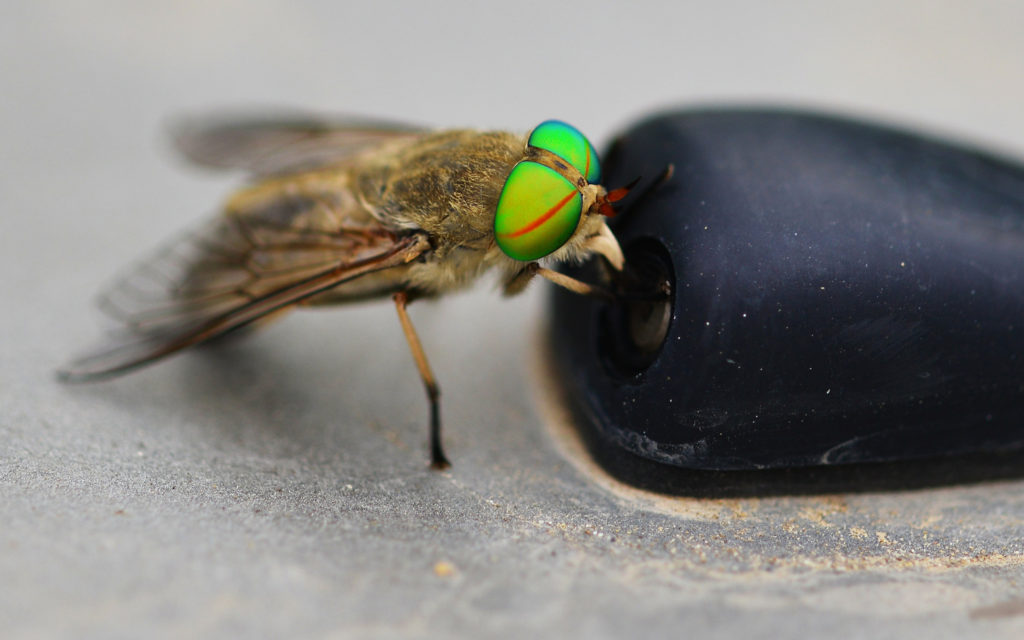
An underappreciated aspect of archaeological fieldwork in the Mediterranean is that it brings a person into intimate contact with a lot of weird insects. Everybody knows that the Mediterranean is an ‘artifact-rich’ landscape, positively bustling with forgotten old ruins and dense scatters of ancient pottery and lithics. But when wandering through the underbrush or digging holes in the ground out there, a keen observer will also notice a microscopic world teeming with strange and awesome life. They’re not quite as flamboyant as the chest-sized moths and gaudy, florescent ‘disco bugs’ one frequently meets in the jungles of the Amazon, but – like it or not – we are surrounded by a lot of insect companions when we go a-traipsing about in the Mediterranean.

In reviewing the wondrous world of archaeology insects, I’m going to leave aside the whole butterfly situation. Butterflies are among the most visible and superficially beautiful of the insects of the Mediterranean, but there are just too many kinds of butterflies all over the place to do them any kind of justice here! They come in all shapes, colors, and sizes, and if you are patient you can get some stunning photos of them in the spring when they are suckling greedily from the blooming flowers and will complacently pose for you.
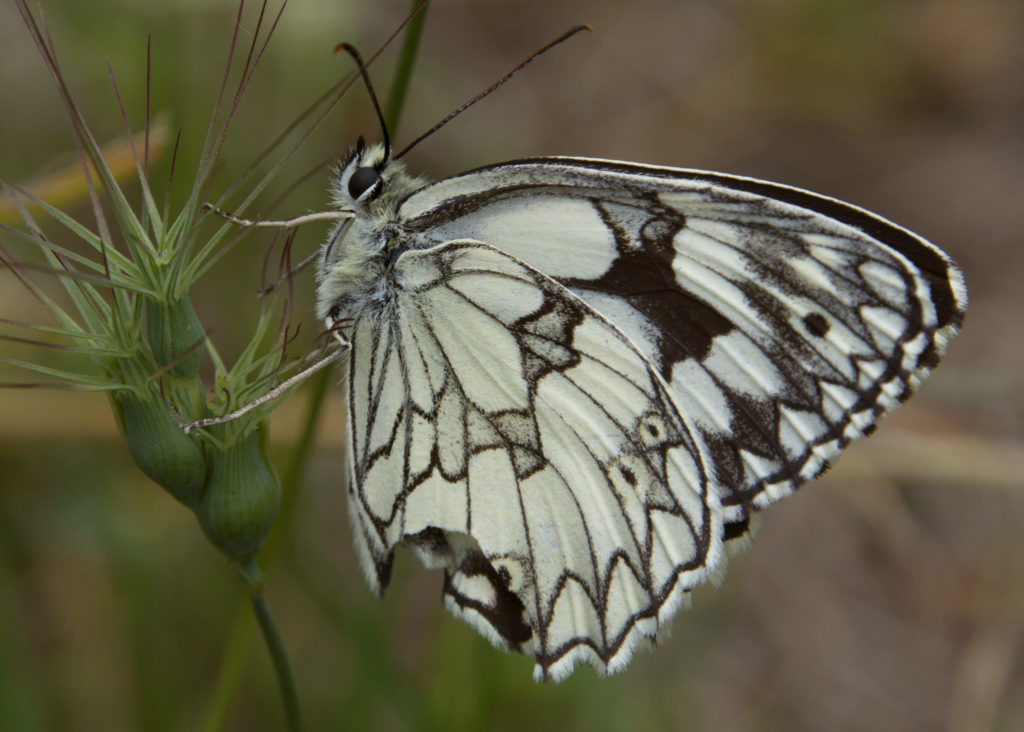
Obviously, once you get into butterfly territory you’ll necessarily be seeing some strange caterpillars out there too. The best one I’ve seen is a blue and orange striped species in the Vikos gorge in Epirus, but there are some very fun spotted ones around the Peloponnese too.
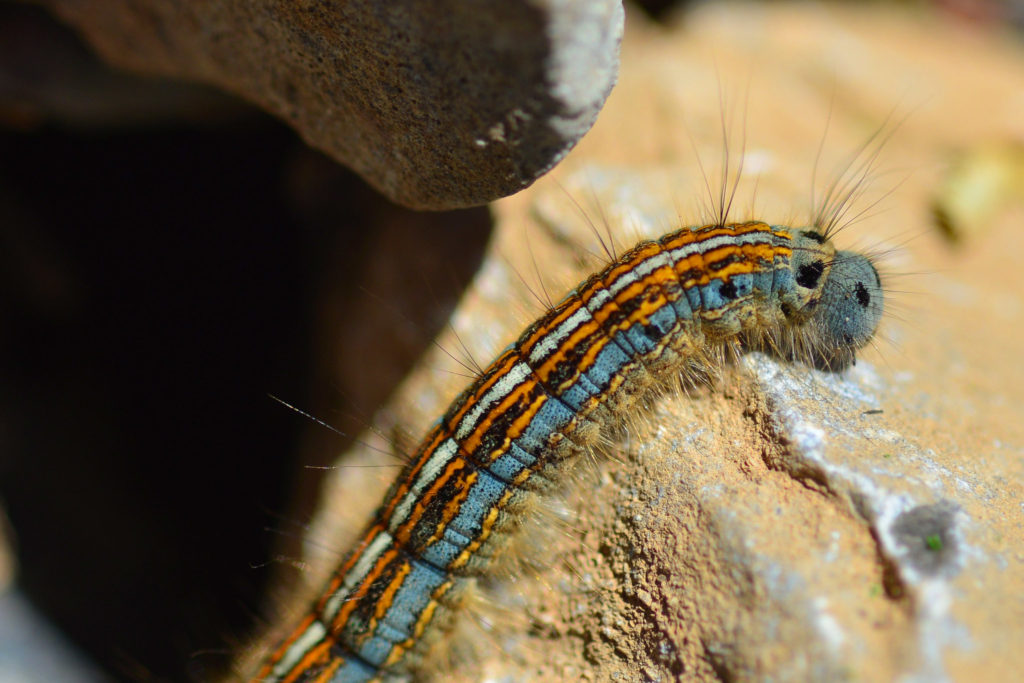

After last season, all of the members of the BEARS project are very aware that spiders are quite common in the Mediterranean countryside. I sometimes feel bad about how many elaborate and carefully spun spiderwebs that we smash through when doing survey. I guess in a way it’s a kind of community service, since getting caught in one of those things spells certain death for some of our other insect friends, like grasshoppers. But, you know, predators are gonna predate! It’s nature’s way!
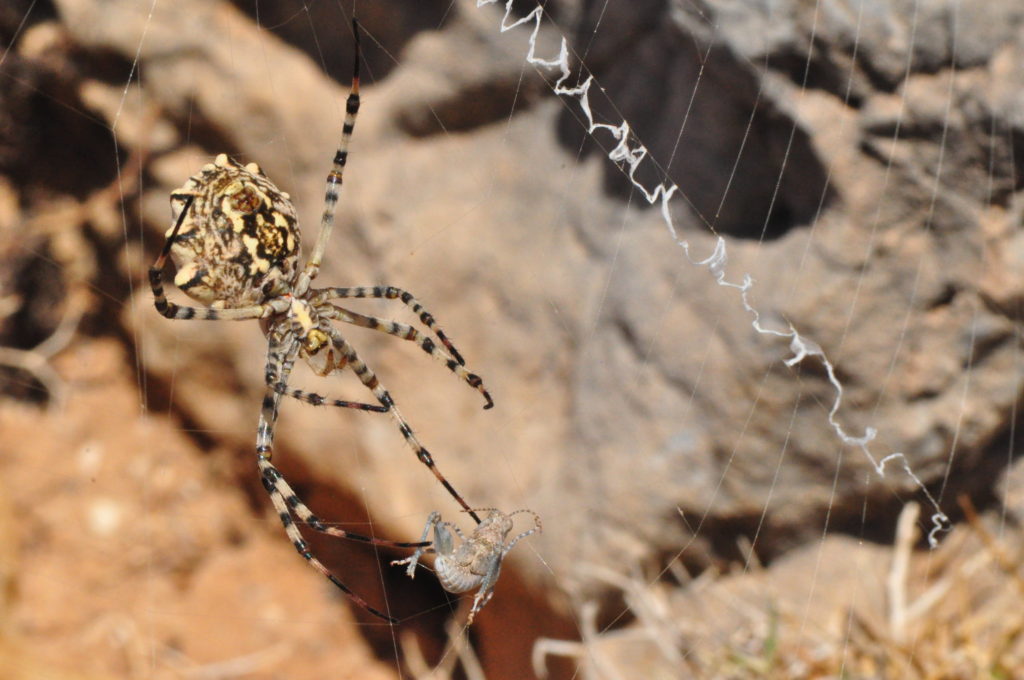

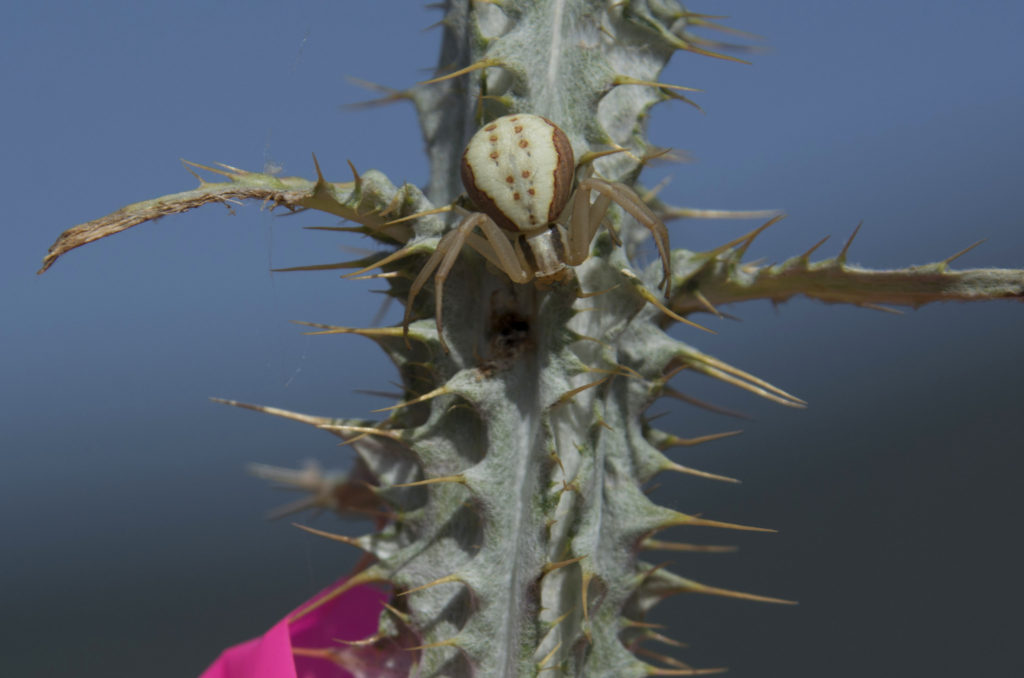

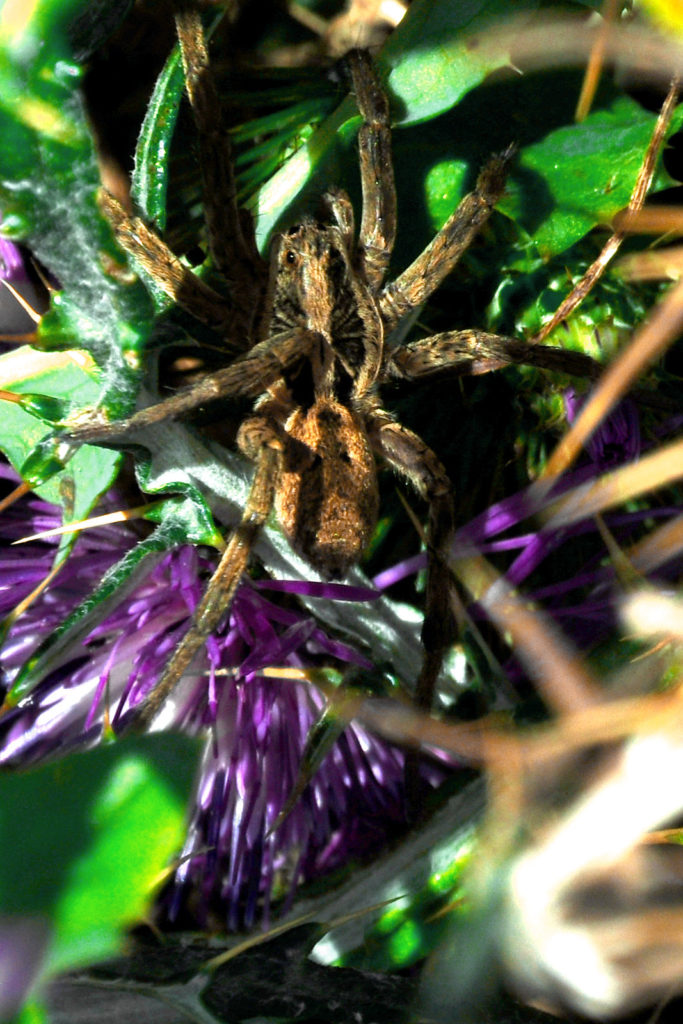

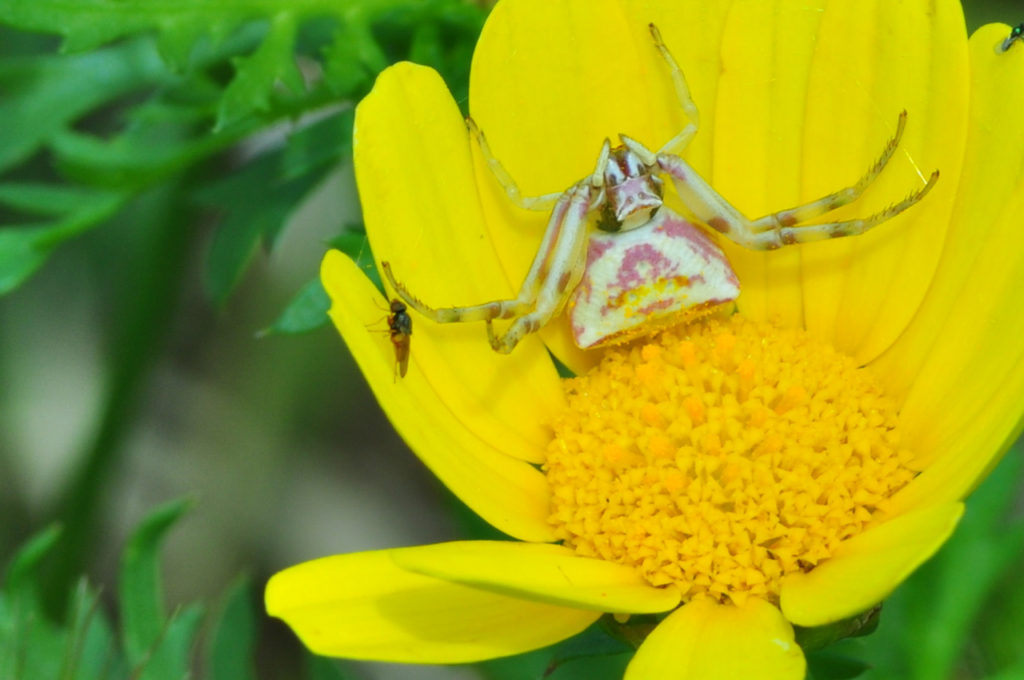
One of the most entertaining survey bugs, and not coincidentally one of the most evil, is the common horsefly, or as I call it: Evil ‘Stache Bug. I first came to love the Evil ‘Stache Bug on my very first survey project around the village of Korfos in Greece. They were everywhere and they have these really gnarly moustaches bristling out over the big death proboscis thing they use to stab their enemies! These guys are often involved in “bug wars” and it’s not uncommon to see them and their relatives feasting upon a fresh kill.
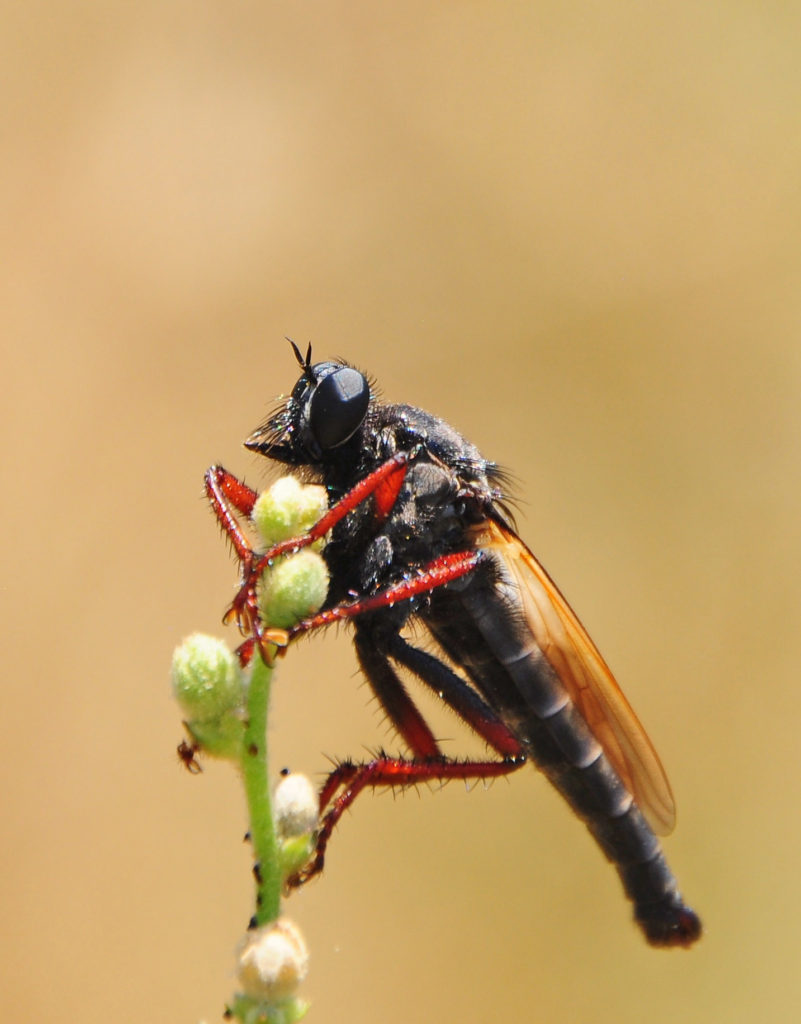
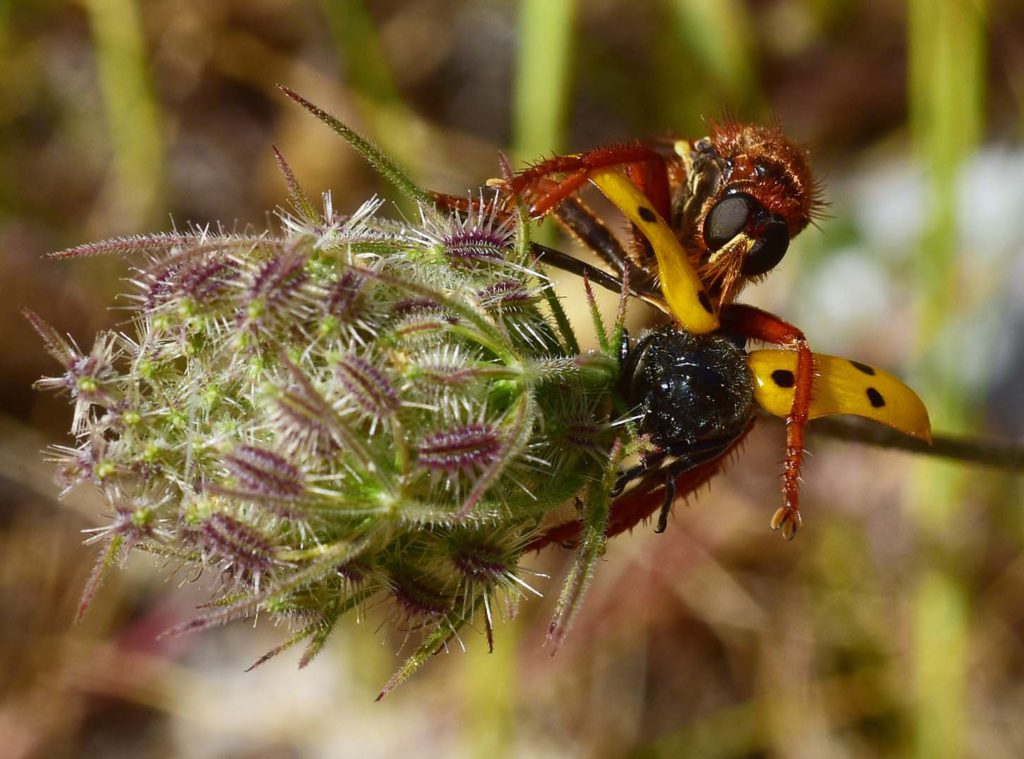
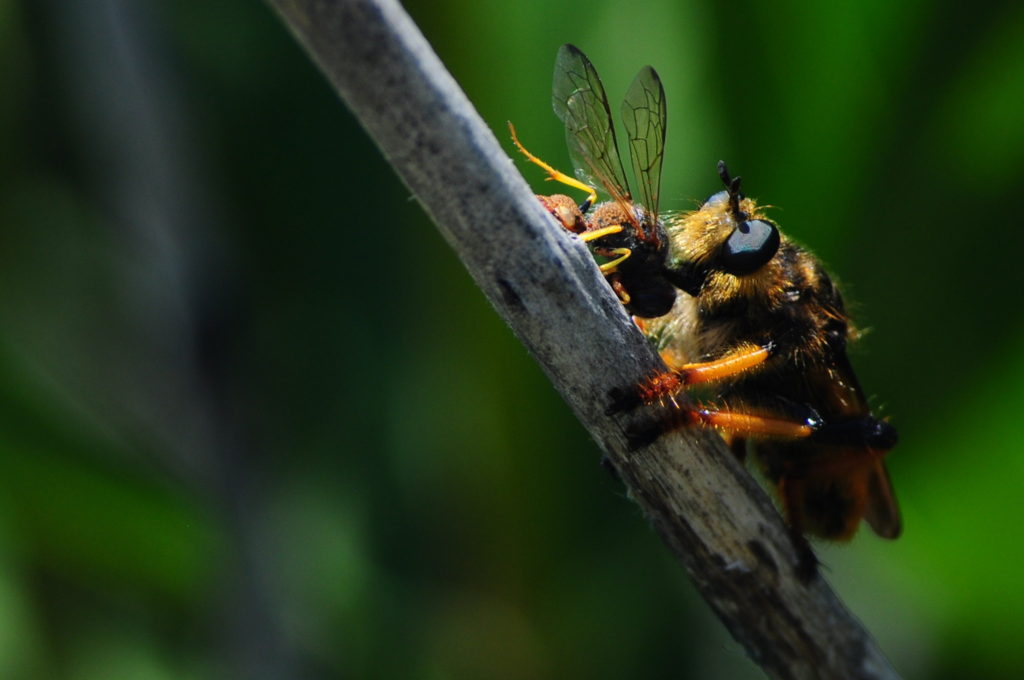


More benevolent are the cricket and grasshopper type creatures out there in the grasses and fields of the Mediterranean spring and summer. The largest and most colorful concentration of cricket type guys I’ve ever seen was in the fields below the citadel of Palairos in Aetolo-Akarnania. I think maybe someone had sprayed pesticides on a field nearby which drove them all onto the vegetation right next to the road that leads up to the site. These are gentle insects, often observed being eaten, but they never act aggressively themselves. There are lots of different fun variations on the theme.

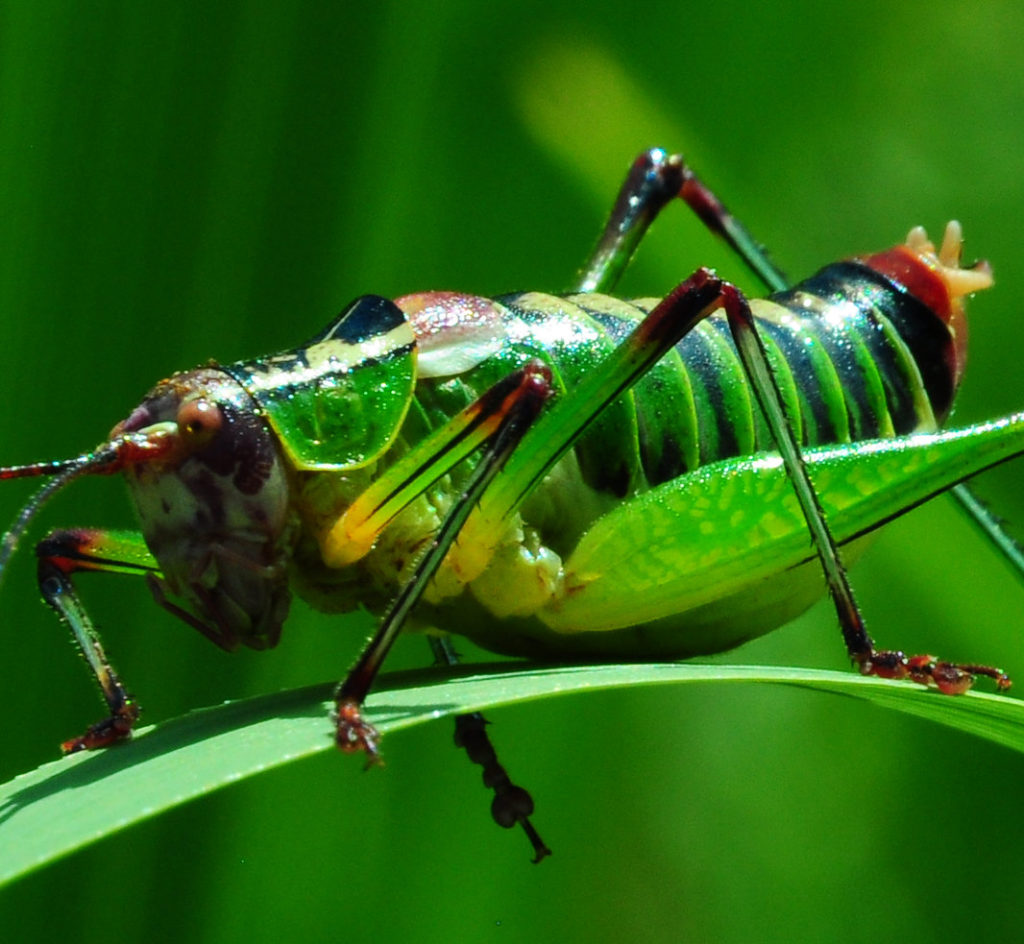
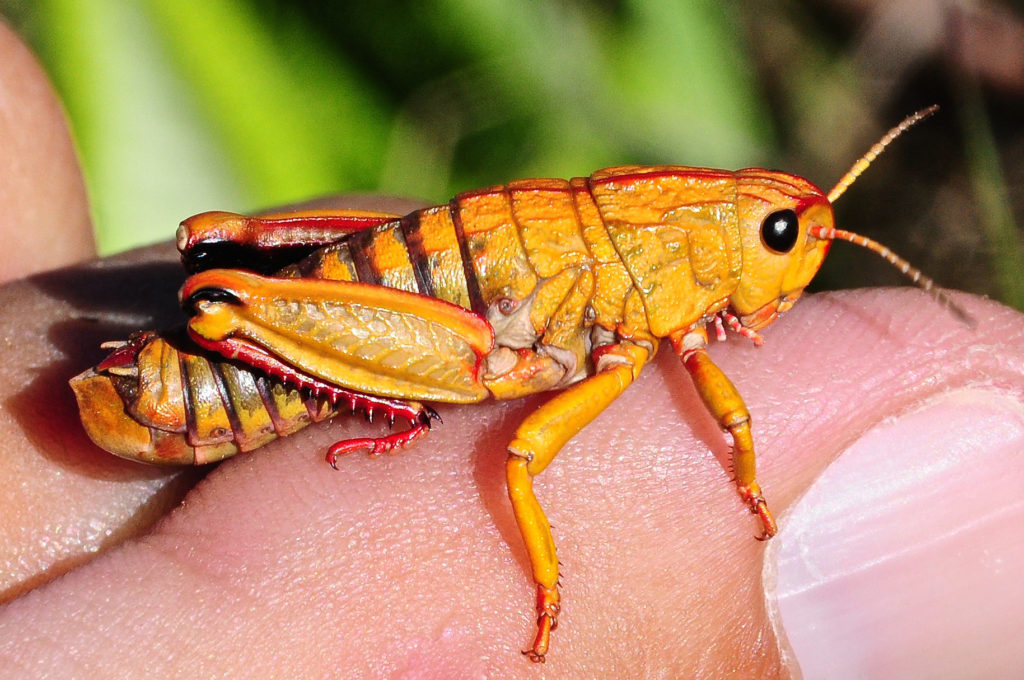
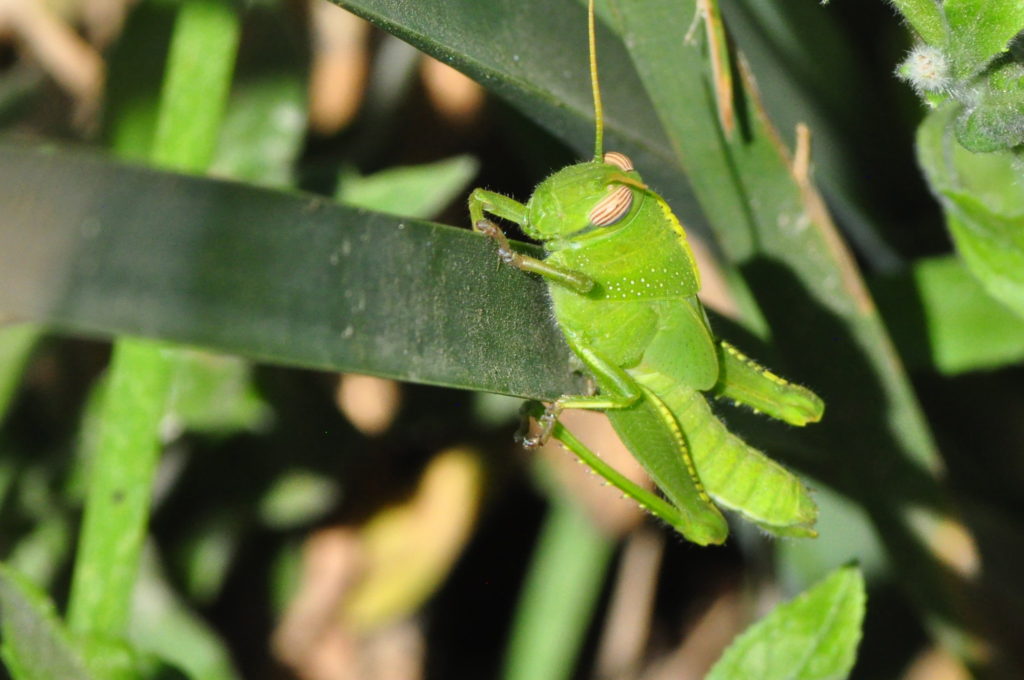

An adjacent category are the mantis-type creatures. In Greece there are a lot of Mediterranean mantises, but there are also some truly wacky insects that look kind of like a mantis but with Frankensteinian modifications.


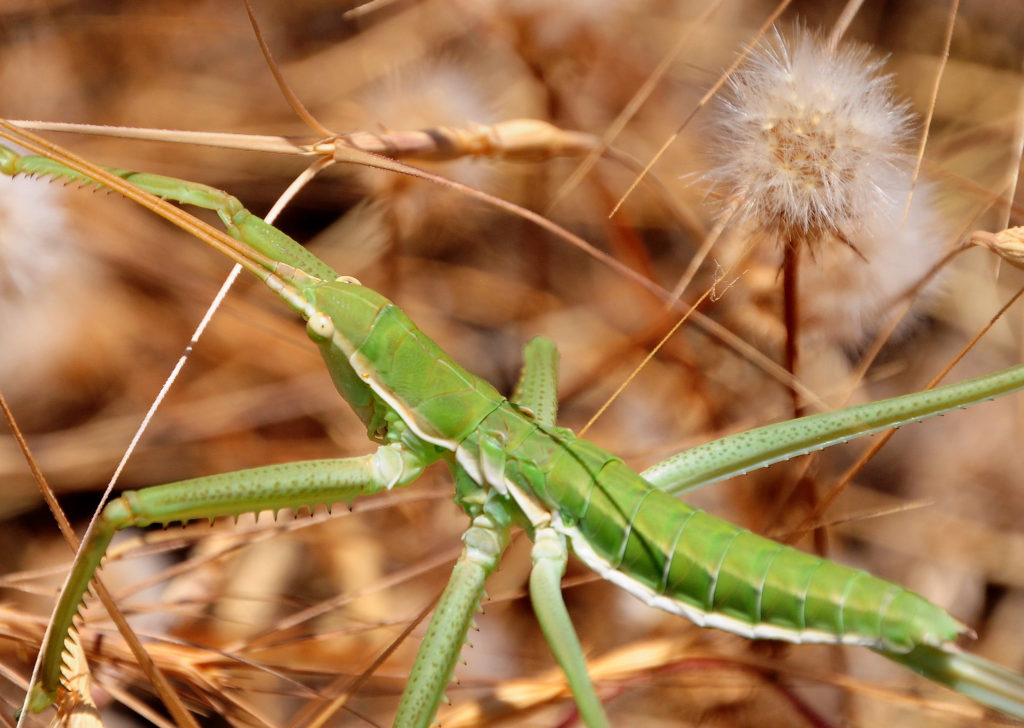
In certain parts of Greece you also get a lot of different kinds and colors of dragonflies and damselflies. The gorges of southwestern Crete are especially rich in dragonflies – there must be at least a dozen types of dragonflies living just in the Preveli gorge alone! I wasted a lot of time when I worked at an excavation at Damnoni down there hunting dragonflies and trying to take photos of them. Sometimes from a certain angle they look like they are smiling at you.

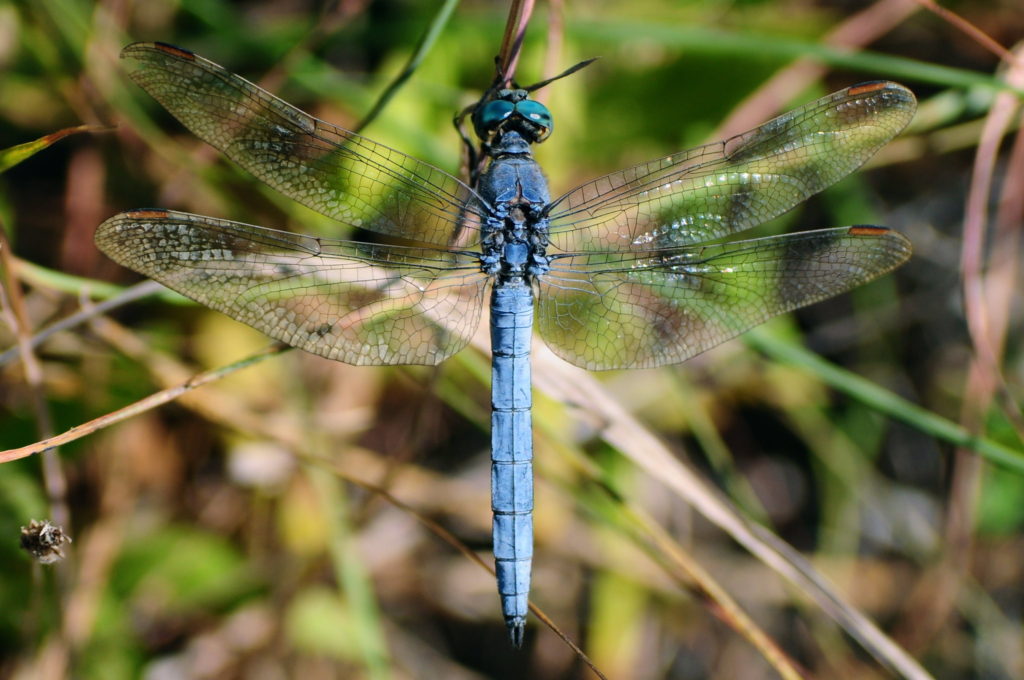
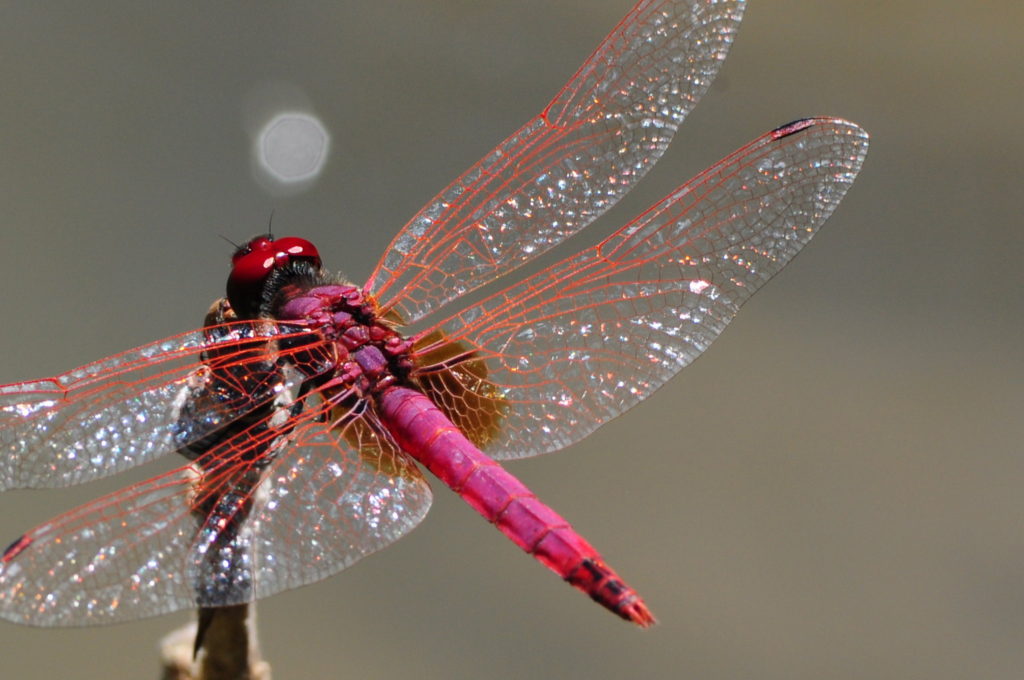

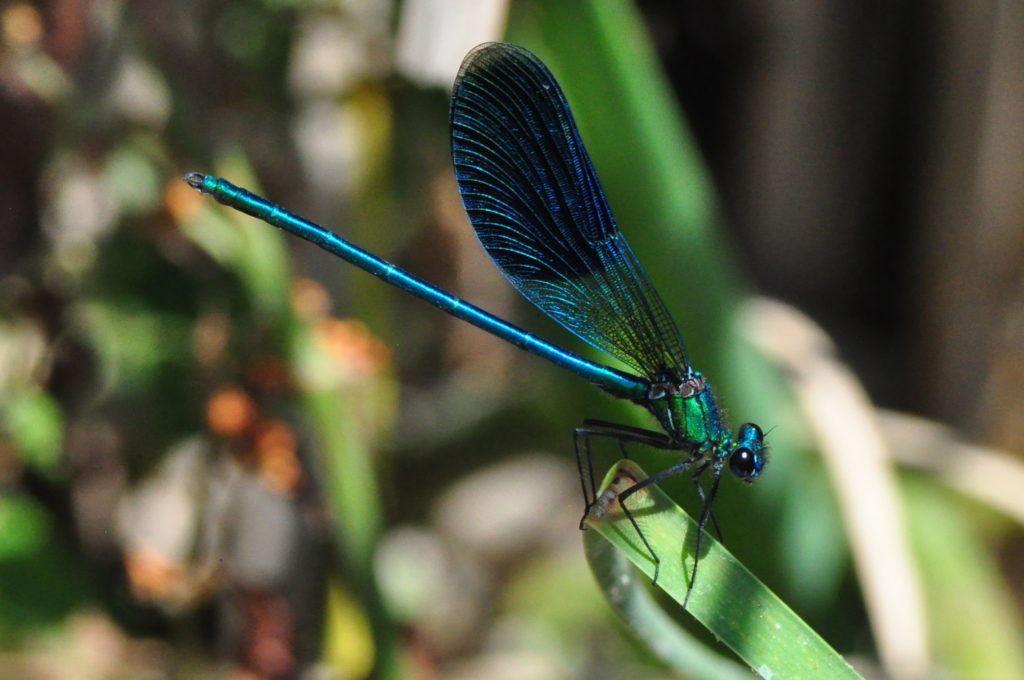
Not to be forgotten in all this are the humble beetles, and other beetle-like ground dwellers. Sometimes it seems like every beetle you see in Greece is totally different than the last. The best is when the weather is a little cold and they lose their ability to move very quickly. You can pick them up and have great quality time with them in these conditions, and it doesn’t really seem like they mind too much.

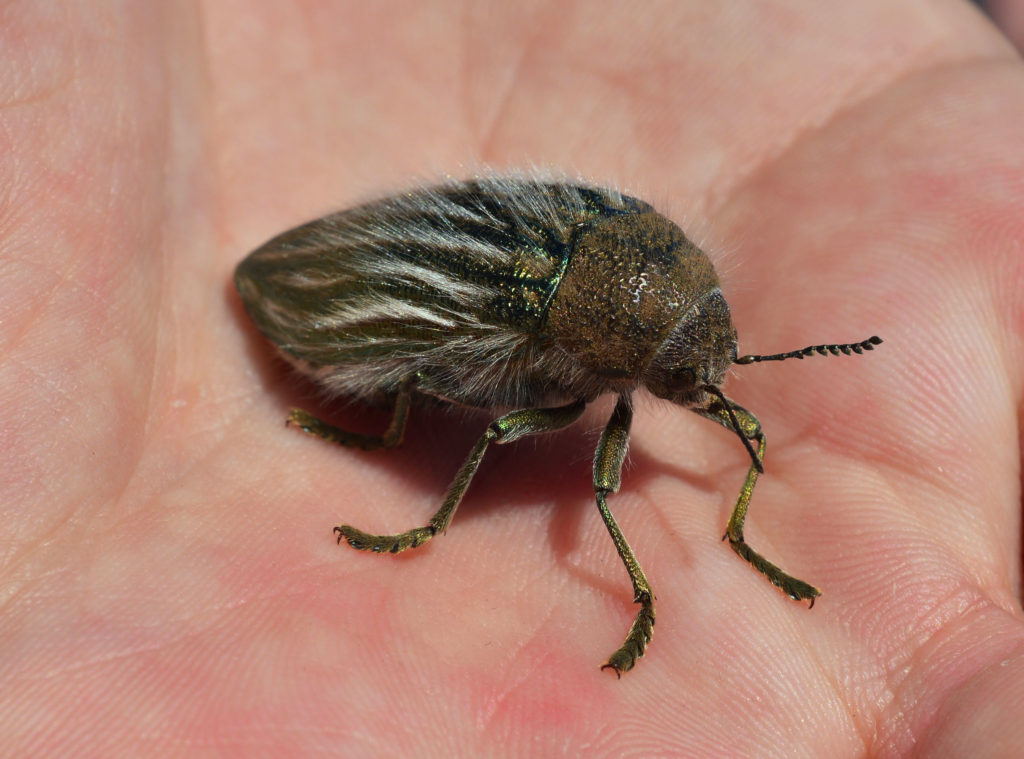
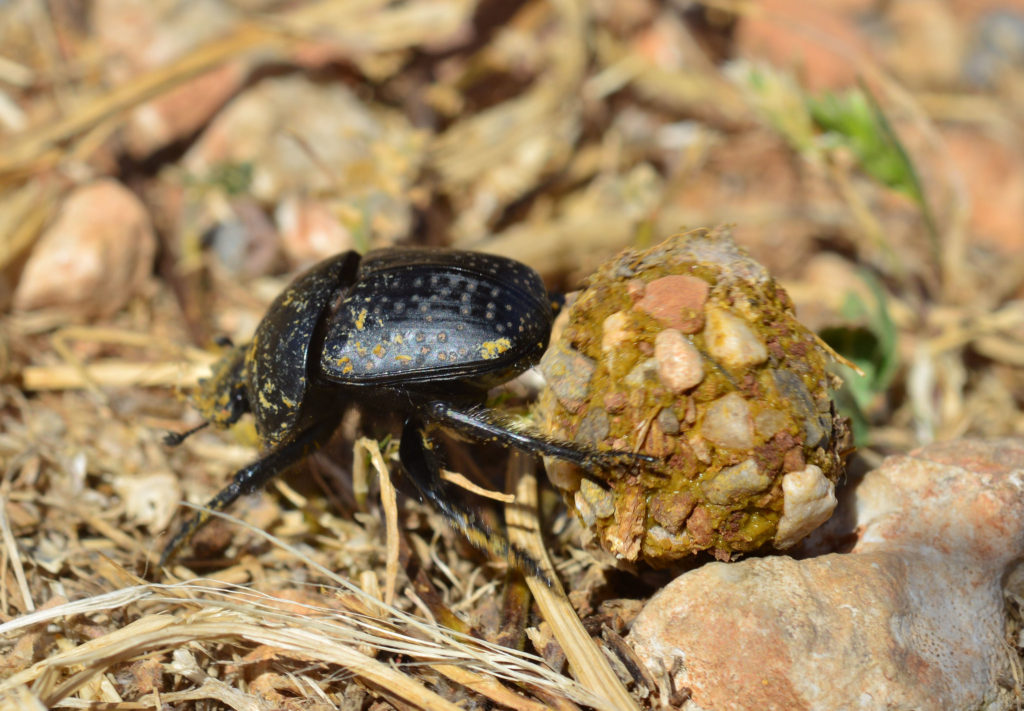

Anyway, I could go on and on – there are way more categories that could be introduced: shield bugs, wormy-type larvae, shore insects and skimmers, etc. I think a lot of archaeologists could care less about all these messed up looking insects. But one of the things I really like about survey archaeology is that it makes you pay more attention to the world around you, not in an active sense, but just as a kind of habitual way of being. For me that has included becoming more acutely aware of the many small forms of life that surround us in the countryside. I have no knowledge of the scientific field of entomology, but it always seems like the variety and proliferation of bugs in Greece must be pretty off the charts.
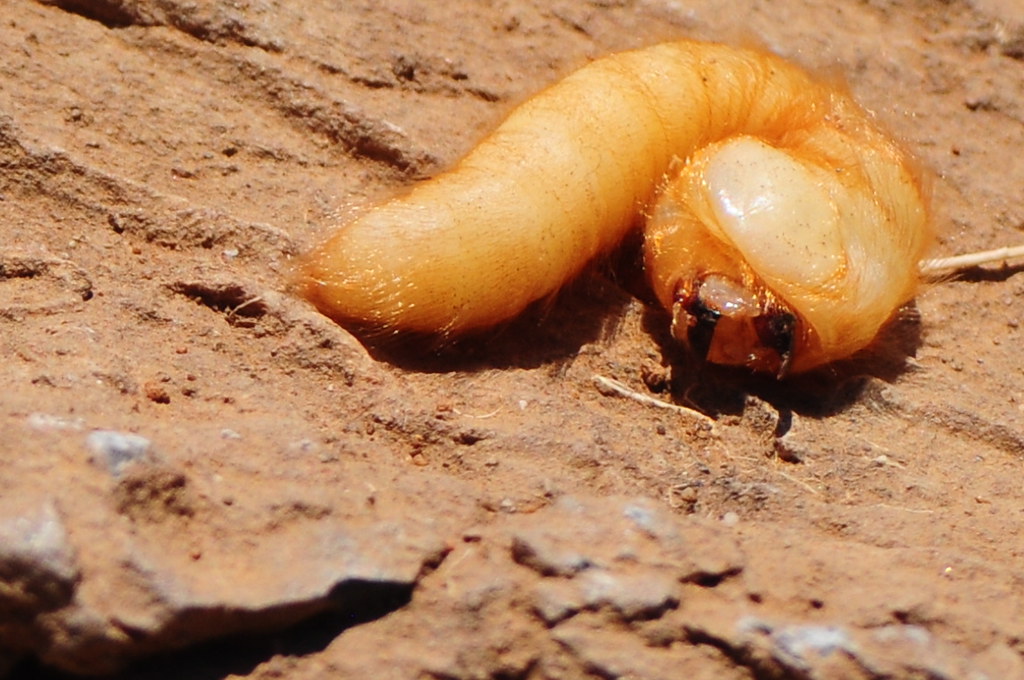
While some of those guys – like spiders that inflict very painful bites! – can be something of a hazard to surveyors, most are totally harmless and often kind of fun to observe. I’ve only been actually scared of an insect in Greece once. My partner and I were hiking in a remote part of the Mani peninsula when a late spring thunderstorm blew down off the Taygetos massif. We took shelter from the rain in an abandoned medieval church, but as soon as we got in there we noticed that the walls were moving – the rain had driven dozens of huuuuuuuge poisonous scorpions from the nooks of the rubble walls of the church: they too were taking shelter from the downpour inside. Apparently these guys are among the biggest and baddest in all of Europe. Needless to say, we decided to take our chances with the rain.

